Sometimes, when a community-based organisation is looking after a building, the challenges of the everyday can be overwhelming. This is particularly true when the building must cater to a variety of different needs and users and when it is in need of refurbishment. When the heritage of the building is significant as well, this adds another layer of complexity. For those looking after historic places of worship, all of these considerations must be managed, while respecting the needs and practices of their faith community.
Last month, as part of the Empowering Design Practices (EDP) research project, we invited three community-based groups to take part in our Design Training course, to help them build skills and confidence in design, and to do some practical work exploring how design could help them make the most of the specific buildings they manage.
The groups who took part look after buildings that are home to both faith-based and community activities and services. These groups, the United Reformed Church in Stratford-upon-Avon, St. Mary’s Church, Bow in east London, and the ISRAAC Somali Community and Cultural Association in Sheffield, are all at a moment where they are looking at the potential of their building, and how it can support their vision for the future.
At the Glass-House, we have seen that exploring the design of a building, both in its present form and in imagining its future, can be a powerful tool for looking past those everyday challenges and unlocking its potential as a place that helps people thrive. The process of rediscovering what the building has to offer can also be hugely empowering for the people involved.
Within the EDP research team, we were keen to explore whether getting back to the basics of how buildings work and the design of their buildings could help groups looking after historic places of worship to think differently about them. To do this, we used our Glass-House Buildings by Design training programme, with the support of our long-time Enabler and EDP consultant, Leo Care, who hosted us at the University of Sheffield Arts Tower.
Learning from and through design
The training took the groups through an intensive hands-on series of steps, which included an introduction to design principles and processes, mapping, visioning and model-making. The training also included site visits to three local buildings that have been transformed, which were hosted by the groups that had led the refurbishment process and who now manage those buildings.
At the end of the two intensive days, the groups felt buoyed by the qualities of their buildings and the potential that they could now see in them. One participant admitted that she had felt anxious and a bit reluctant to build a scale model of her church, but that doing it had helped her understand the building differently, and in a strange way, to fall back in love with it.
We look forward to seeing how these groups further develop their ideas and how design can help empower them to enhance their buildings.
Reposted from the Glass-House blog (13 October 2016)

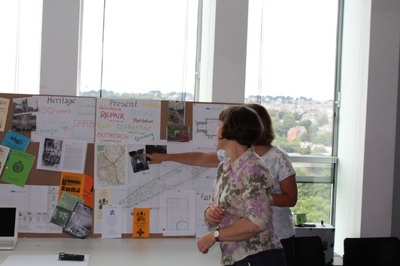
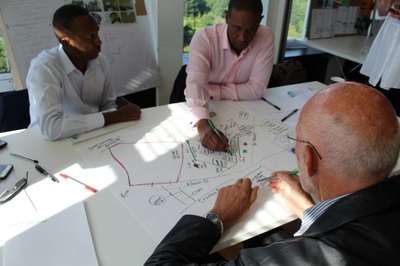
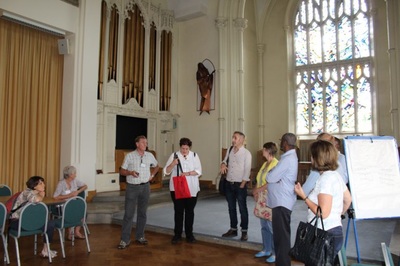
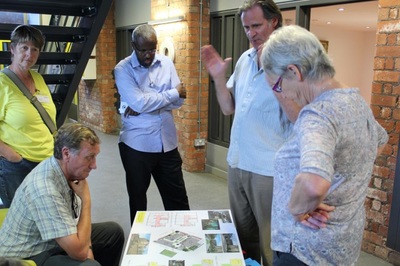
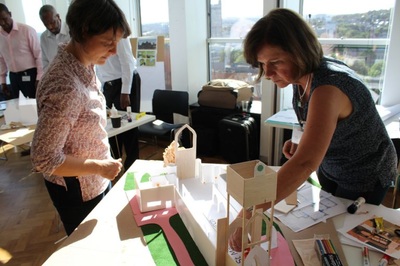
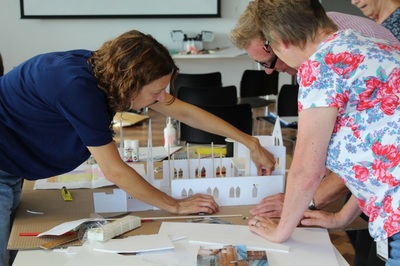
 RSS Feed
RSS Feed